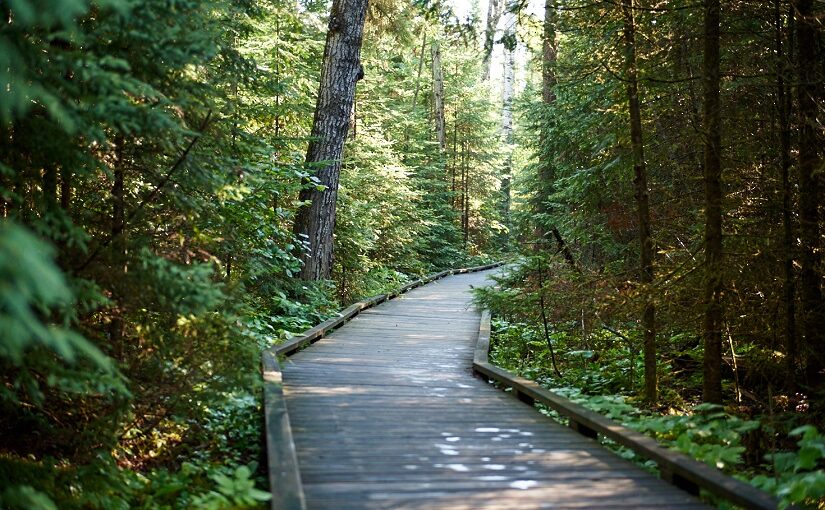We know a lot of our visitors are interested in exploring our parks, and maybe taking a piece of it home with them.
We’ve noticed an increase in popularity of foraging, but remember: foraging for any plant or fungal species is prohibited in provincial parks.
Edible species in parks
Parks are home to many plants and mushrooms that can be safely consumed by humans. These include fiddleheads, wild leeks, wild grapes, morels, Chicken of the Woods, and more.
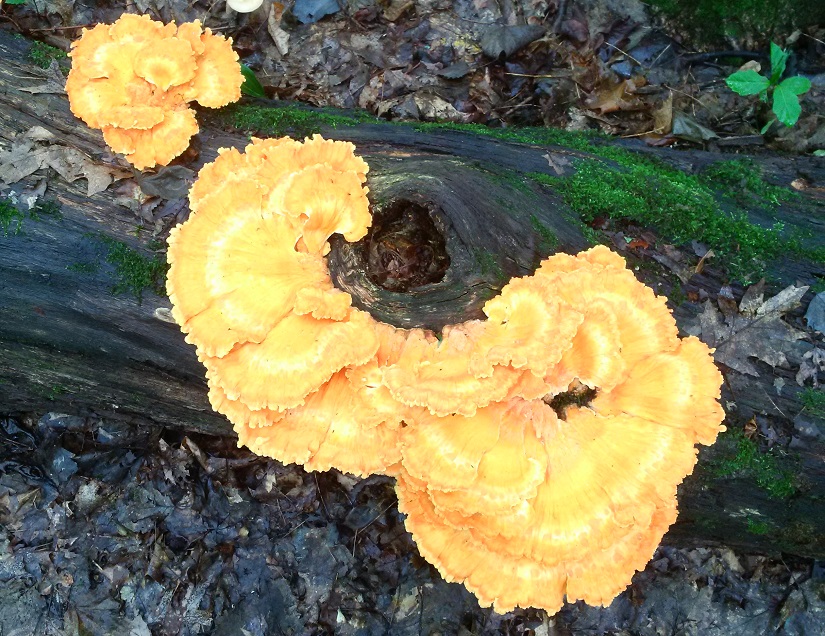
Although they may be tasty, each one of these species is an important part of park ecosystems. Unsustainable foraging is harmful to the species who call our parks home.
What happens when you forage unsustainably?
Foraging, when not done responsibly, can have a damaging impact on plant species.
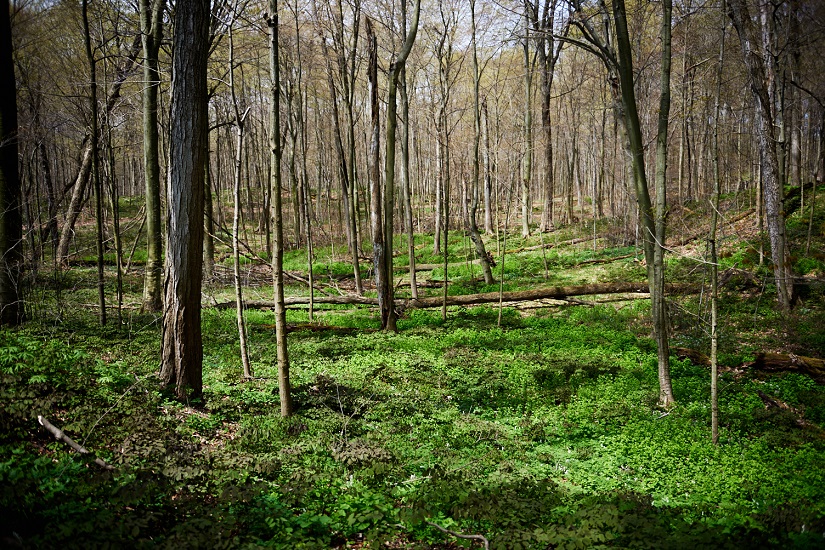
Plants take a lot of time and energy to grow. Understory plants have a small yearly window of full sunshine before overstory trees flush their leaves. It can take Small White Leeks (also known as wild leeks) 10 to 15 years before they reach maturity.
If a population isn’t given the time it needs to recover from overharvesting, it will eventually wink out of existence in that area. As this happens over and over across the province, a species can become threatened, endangered, extirpated, or even extinct.
That is what happened to American Ginseng. As much of its habitat was lost to farmland, logging, and development, the few remaining populations were also targeted for commercial harvesting. American Ginseng is faced with factors that threaten to lead to its extirpation in Ontario, and it is now classified as a threatened species in Ontario.
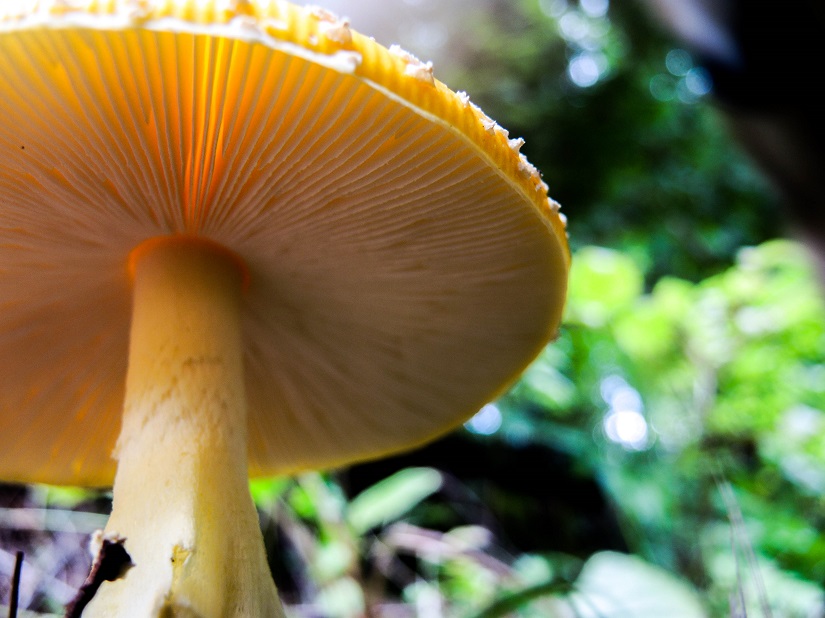
Foraging on fungi has a different kind of impact. The mushrooms we’re familiar with are just a small part of a fungus’ “body.” For most species, much of the fungus is tiny threads that are woven through the soil, connecting one plant to another and shuttling nutrients and sugars through the ecosystem.
The mushroom is simply the fruiting body of the fungus, and while harvesting will not severely damage the organism itself, it deprives other visitors of the wonder of discovering these incredible organisms.
Similarly, ecosystems are interconnected spaces. If you pick a fiddlehead, a fern frond will not grow in that spot this year. Fewer sugars will be collected to flow into the fungal network, and the moth that specializes in that particular fern species will have fewer places to eat and live.
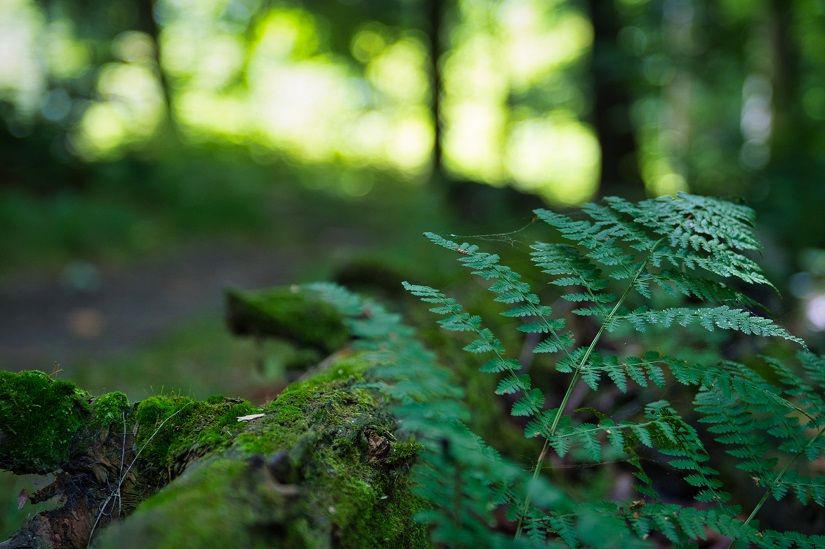
And don’t forget: removing any natural object from a provincial park is prohibited, and you could face a fine.
Protecting ecological integrity
Foraging can be a wonderful thing if it is done responsibly and legally. The priority for Ontario Parks is to ensure that our parks’ native species and ecosystems are protected, which is why foraging is not permitted.
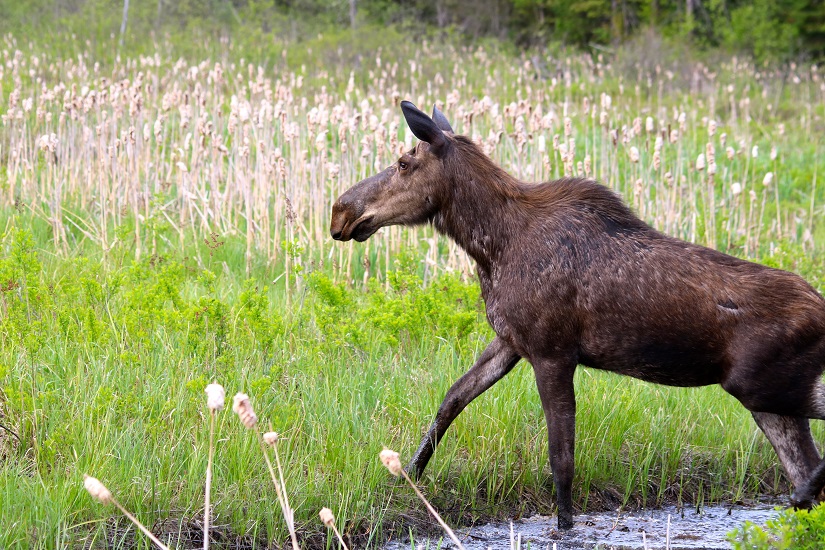
Healthy ecosystems sustain healthy people and a healthy economy. Our work to maintain and improve the ecological integrity of our parks supports Ontario’s biodiversity, clean air, productive soils, nutritious foods, and fresh water.
Respecting Aboriginal and treaty rights
Ontario Parks is committed to respecting access for the exercise of Aboriginal and treaty rights, as recognized and affirmed under the Constitution Act, 1982. Constitutional rights to harvest for food, ceremonial or social purposes can be exercised within a provincial park or conservation reserve at any time, provided safety and conservation considerations are satisfied.
